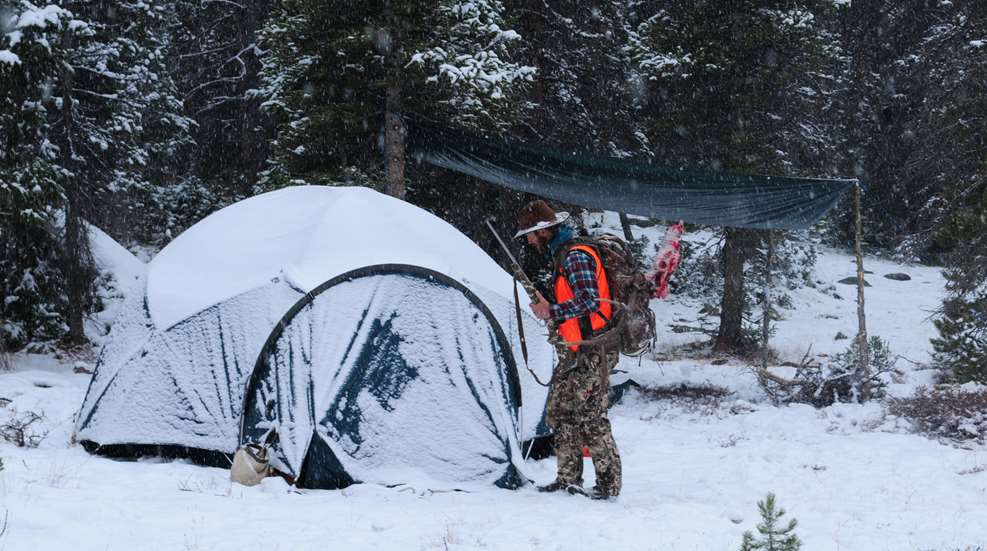
Every year, hunters find themselves in serious trouble out in the woods. Survival, live-or-die-depending-on-how-they-respond, trouble. Some are prepared for the eventuality and do just fine. Others are not, and end up making a one-time contribution to the local mortuary. Since that’s not my idea of a successful hunt, let’s take a look at what we can do to prepare for tough times in the hunting woods.
Last fall my 13-year-old son and I were hunting sheep 24 miles deep in one of Montana’s “Unlimited” zones (we never saw a sheep). We’d been hunting down a big exposed ridge at nearly 11,000 feet, glassing for sheep in the cliffs and canyons below us. Heavy winds had been doing their best to blow us off the mountain all day, and as night fell the gusts intensified. I didn’t have a meter, but I believe there was a sustained 45-50 mile-per-hour wind, with gusts up to 70. The country was too steep to descend in the failing light, and we wanted to be in position to glass from the ridge top at daybreak. It was cold, and we needed shelter if we expected to survive the night. We had a good tent, but even the best tents experience a high mortality rate in that kind of wind.
Similar scenarios are faced by backcountry hunters every fall, and with good judgment can be weathered just fine. But without good judgment such situations can rapidly become life threatening, which introduces the most important survival tool you possess: your wits.
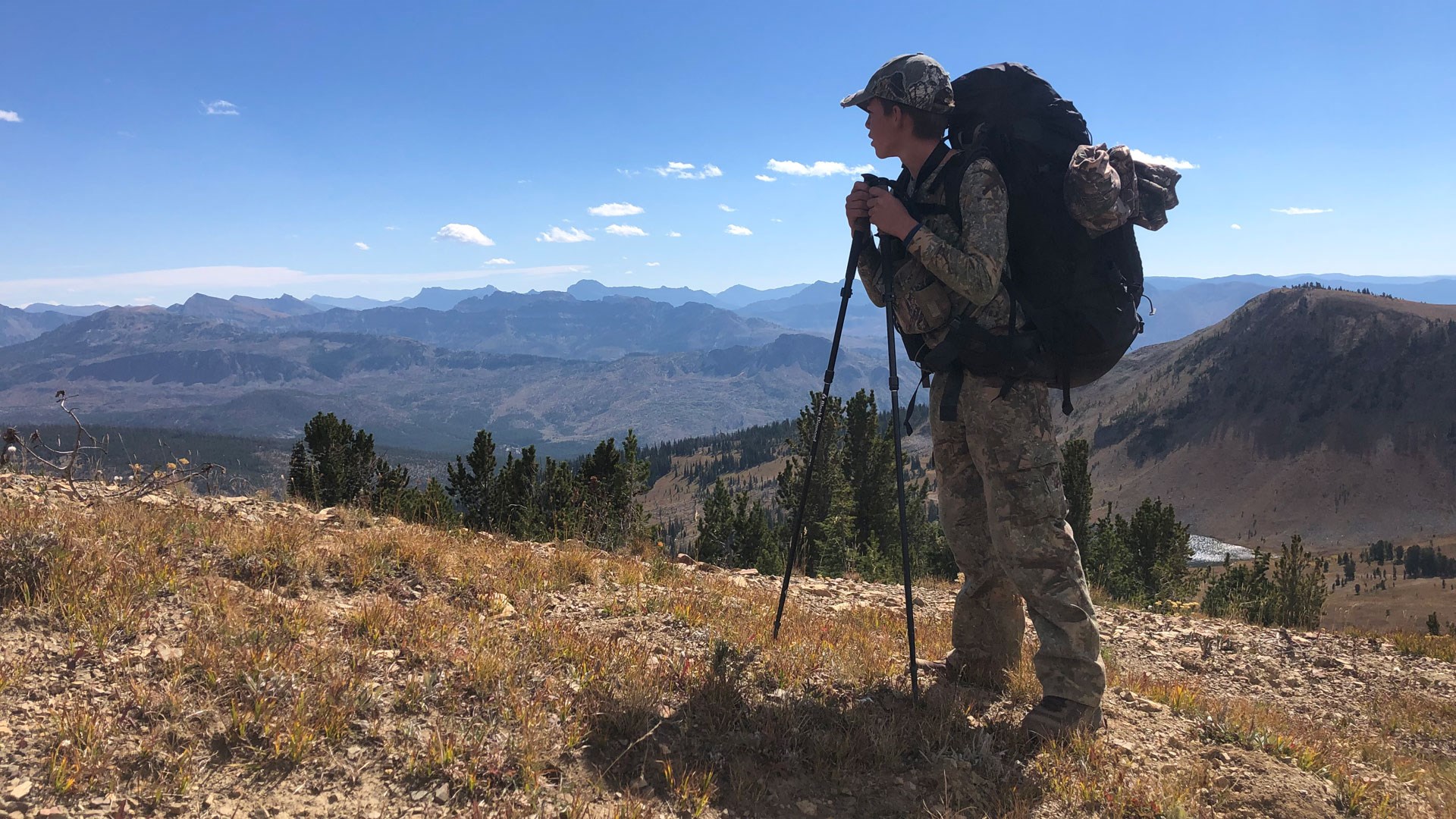
Wits
In any survival situation, staying calm and using your wits is key. Do not panic. Instead take a few deep breaths, look around you and assess your options. Think calmly, and you’ll find a way out of whatever predicament you’re in.
In the above scenario my son and I were facing severe exposure to wind and cold, with the potential for a deadly fall if we made bad decisions. Instead, we found a tiny copse of stunted trees with a sheltered pocket inside just large enough to house our tent. Then we crawled in and hunkered down for the night. Our bed sat at about the same angle as the free-fall slide at a water park, and enough wind breached the stunted timber to make the tent rattle like a ‘78 2-stroke motorcycle. We didn’t sleep much, but we stayed warm and alive.
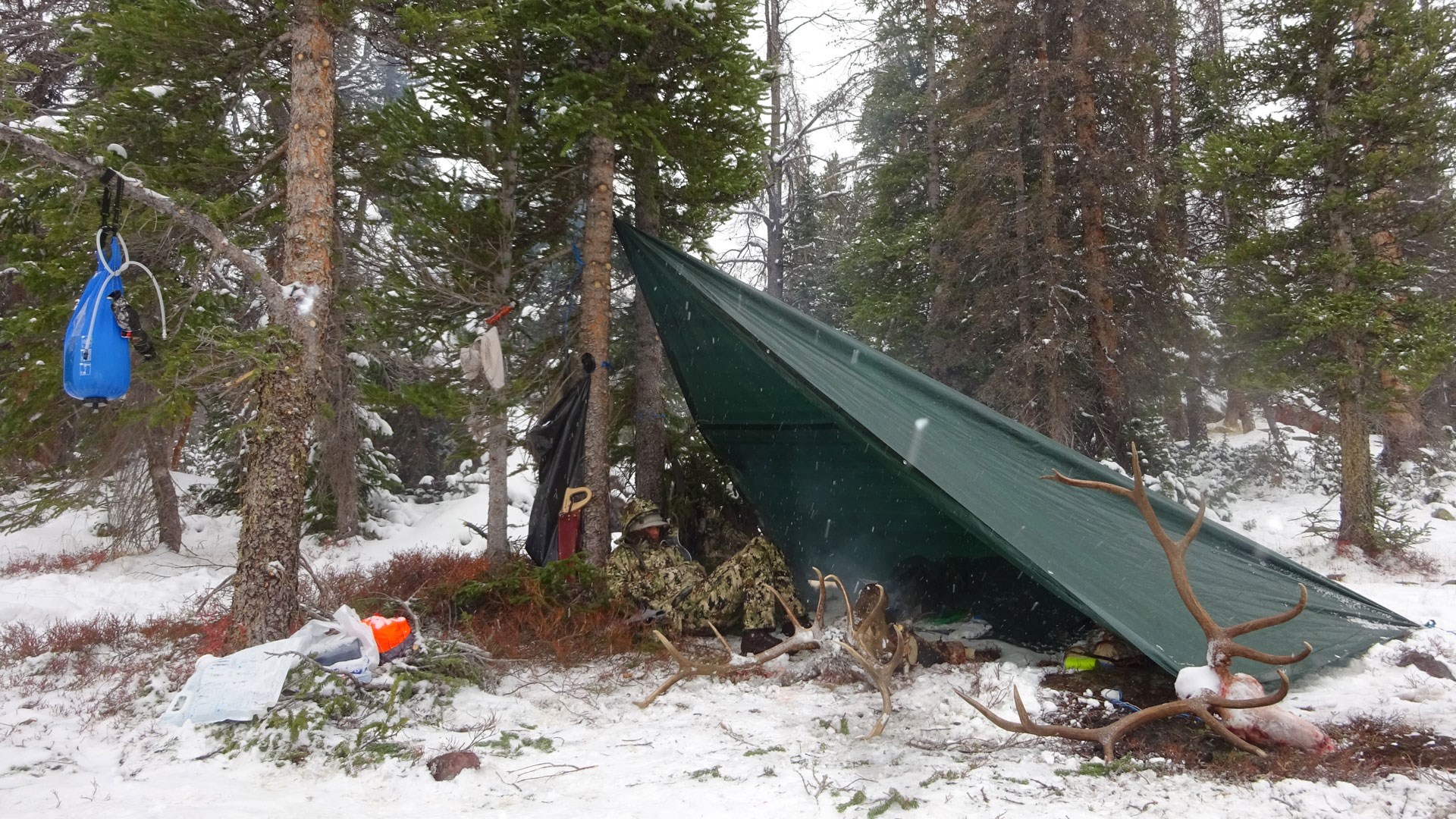
Skills & Training
Next to your wits, skills and training are the most important survival tools in your kit. If you’ve never kindled a fire in damp weather at 11,000 feet above sea level, you probably will not manage to start it when the chips are down and your life depends on it. Did you know that fires are reluctant to burn at high elevation due to reduced oxygen in the air? It’s true. Combine that with damp fuel, and a blaze can be tough to start. So practice till you’re really good at starting fires.
Creating shelter is another essential skill for the backwoodsman. It’s silly, but a lot of guys don’t even know how to set up a tent. If that’s you, take the time to learn. Also learn how to build a primitive shelter from a tarp, or just the natural materials at hand. Most survival experts agree that shelter is the first and most important element to establish when your life is on the line.
Learn how to navigate using observation, map, and compass. Getting lost in the woods is an experience most folks will forgo, given the choice. Sure, if you have your phone or a GPS it’ll save your bacon—till the battery runs out. Electronics can and often do fail, so learn how to navigate and stay “found” without them. You’ll be a better woodsman, and more in tune with the wilderness around you by using observation rather than a screen to navigate.
Train with all your hunting and survival tools. Develop the skill and acquire the knowledge necessary to keeping your wits about you and surviving whatever adventure the wilderness throws at you. Don’t court trouble, but be prepared for it.
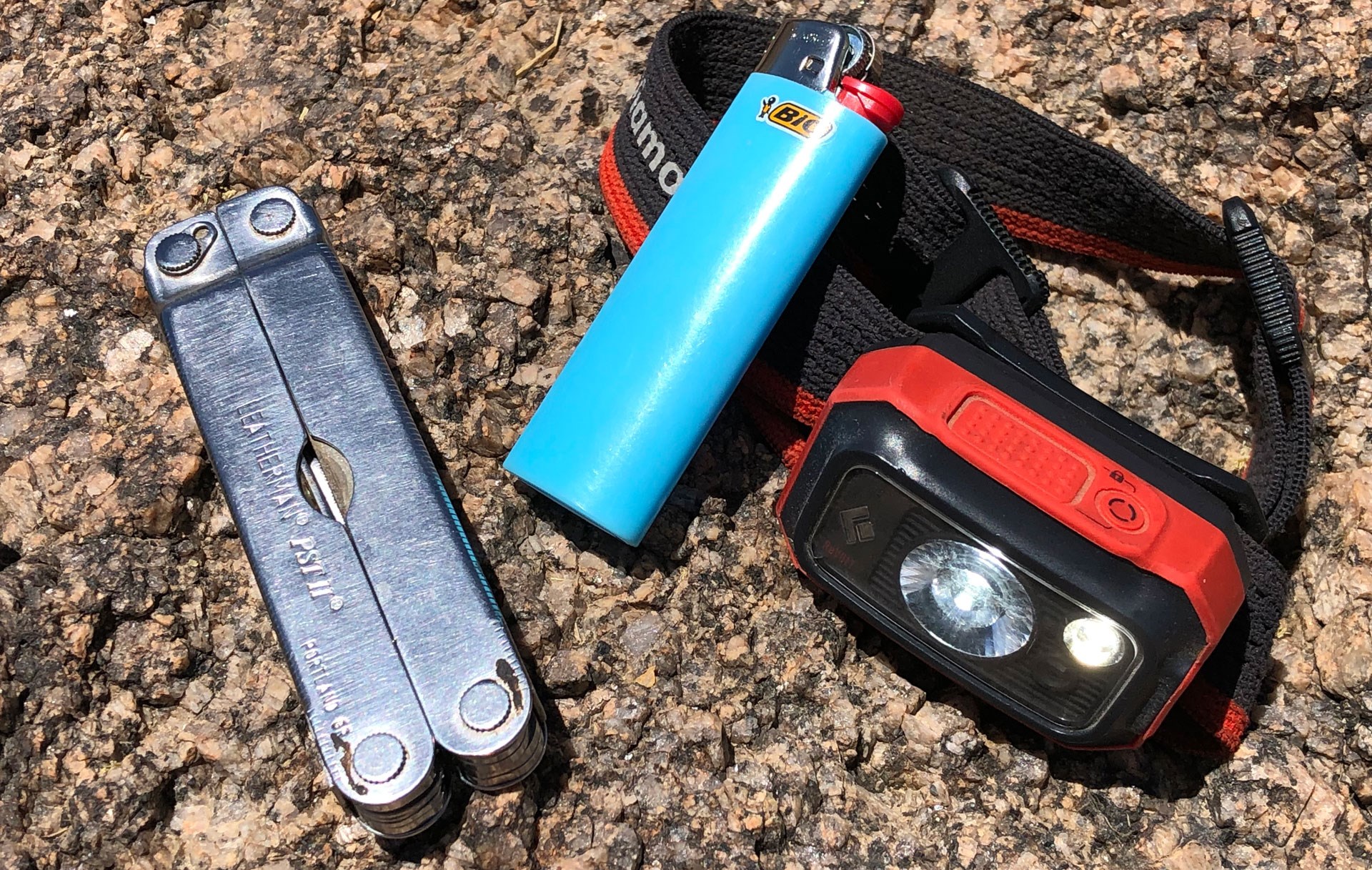
Three Personal Items
There are three items that, mixed with good luck and even better judgment, will enable you to survive most simple wilderness emergencies. Every time I step into the field I carry in my pockets: a cigarette lighter, a multi-tool, and a headlamp. With them I can start a fire, build a shelter, repair gear, skin a deer, travel or work at night, signal for help, and a thousand other things. Even if I somehow lose my pack, I have the necessary tools in my pockets to survive a short time. Without them, I’m reduced to fingernails and teeth, neither of which are very sharp.
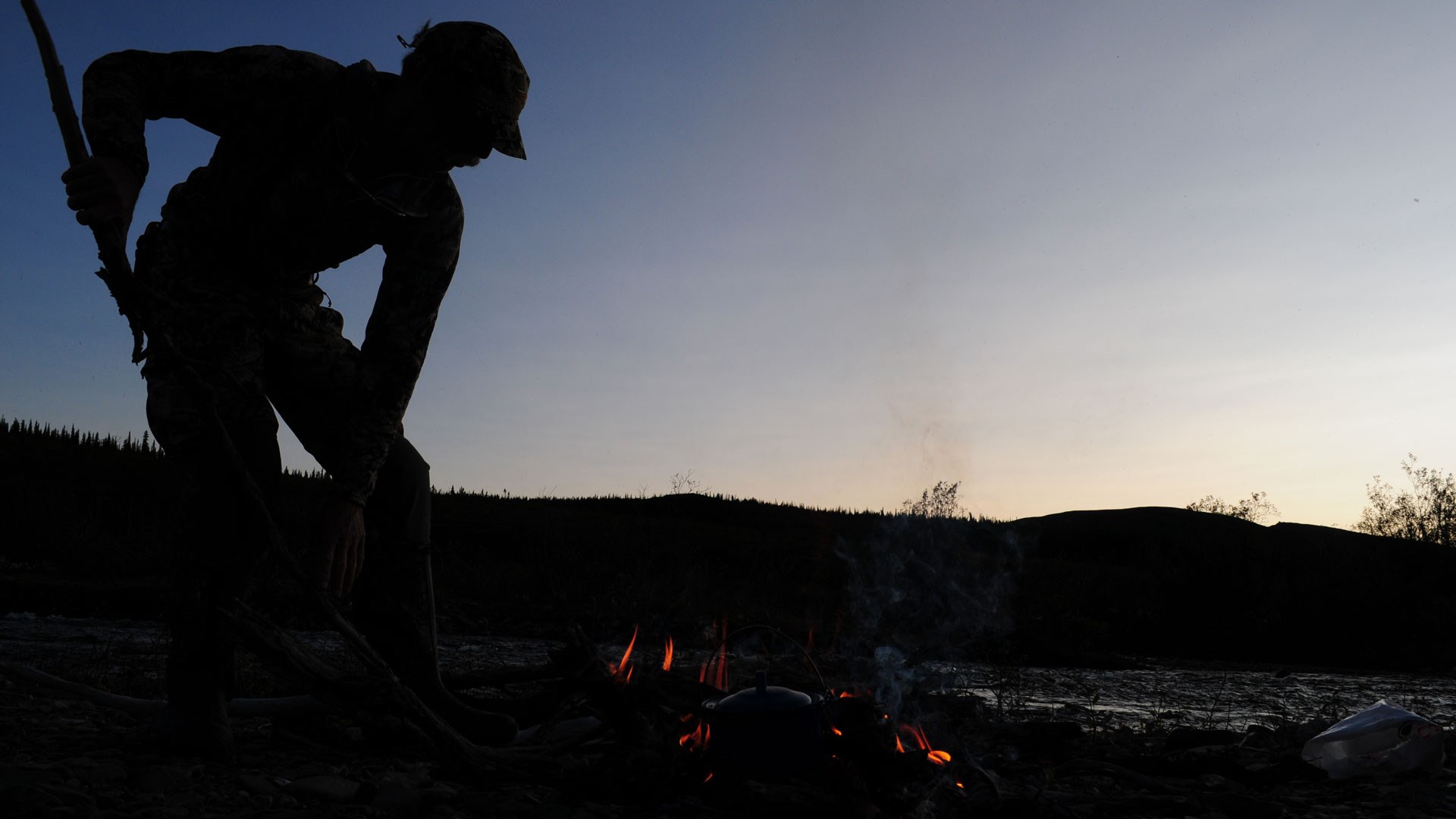
Pack Survival Tools
Inside your pack should live a lightweight but comprehensive kit of poop-hit-the-fan tools. Combine them with your wits and skills, and they’ll enable you to survive a fairly serious woodside calamity. Here are the tools I personally believe every hunter should have in his hunting pack anytime he ventures afield:
Contractor-Grade trash bag: Humorously enough, this $.50 article can save your life. You can hide from wet or wind in it, use it to collect rainwater, cool meat in a mountainside spring, and 101 other things. Get the super-heavy-duty bags. I always carry two.
Fire Kit: It’s a great idea to have a backup cigarette lighter and a compact box of waterproof matches, along with some Vaseline-impregnated cotton balls or similar high-octane fire starter. Make sure you test all your items in real-world settings to verify that they will work for you. Calamitous times are not ideal for testing gear—get that done beforehand.
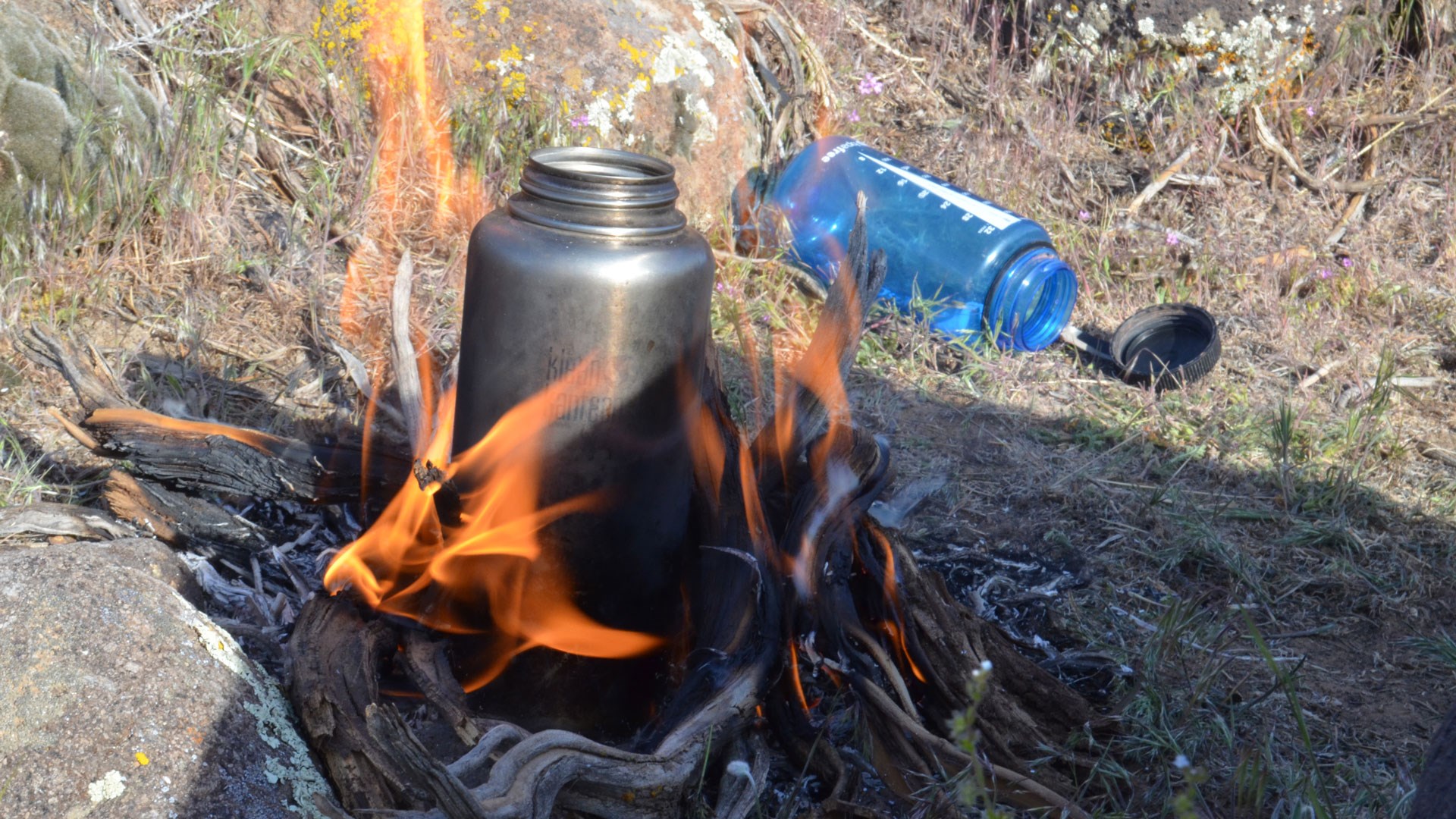
Stainless Steel Canteen: These are ideal for carrying water (none of that nasty plastic flavor), as well as boiling water for cooking or to purify it. I like the wide-mouth ones from Klean Kanteen. Just remove the plastic lid, fill with water, and set on the fire.
Knife: I always carry two: one lightweight fixed-blade knife, and one lightweight folding knife. That way if I lose one I can still skin a deer, whittle a spoon, or fashion a fish trap.
Backup Headlamp: Carry an extra headlamp, as well as a set of spare batteries. I’ve had to process animals and navigate nasty deadfall forests without a light, and trust me, it’s not fun. Carry a backup light.
Water Filter: If you’ll be camping and hunting from your backpack it’s a good idea to carry a compact lightweight water filter. If you’re just doing day hunts it’s not necessary, especially if you have a stainless canteen you can boil water in if necessary. A nice backup option for day hunts is a LifeStraw—they weigh just more than feather and you can suck water right from the source. (Read the instructions; these can plug up if not “blown out” after use.)
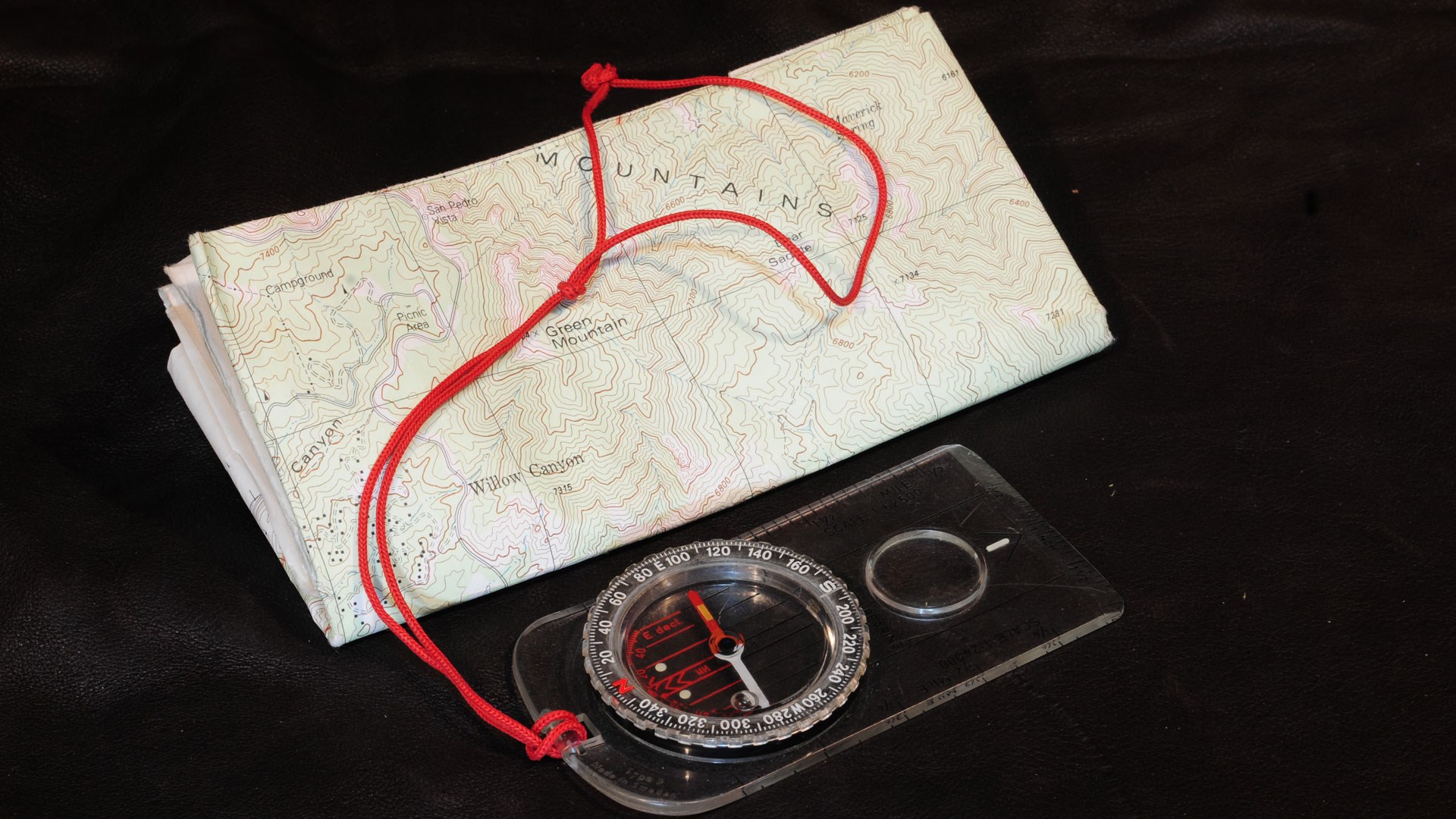
Map & Compass: As mentioned earlier, these can save you when your electronics go belly up. They do take some basic knowledge to use, so study up. Use 7.5 minute USGS topo maps; they’ll offer a wide-angle perspective of your hunting area that you can never get from a screen.
Clothing: Don’t go crazy with this, but try to carry enough clothing that you can stay sort of warm and dry through whatever weather might come your way. One of the backcountry’s biggest dangers is hypothermia—getting really cold. Plan ahead and carry layers enough to cope.
Medications: This is an easy one to forget, but should you find yourself detained by some unforeseen backcountry disaster you’ll want your meds. Carry enough to get by for 5-7 days. If you’re severely allergic to bees or similar, carry an Epipen ready at hand. And don’t forget the Vitamin I (Ibuprofen) in case of severe pain or inflammation. Lastly, add a small tube of Neosporin or similar triple antibiotic ointment.
First Aid: Carry a small, lightweight first aid kit. This only needs to contain a couple Band-Aids, a few alcohol pads, some gauze and athletic tape for big wounds, and a small pack of Quick-Clot or similar. A few Benadryl and Imodium tablets will complete your kit. Anything untreatable with this kit should probably inspire you to press your SOS button (see below).
inReach: This is probably the single most capable life-saving tool you can carry. With it you can communicate with loved ones or emergency personnel, navigate, save waypoints, track your own movements, and so much more. And in a life-or-death situation you can summon the cavalry directly to your position by pressing the SOS button. I recommend the inReach Mini 2—it’s super lightweight and incredibly capable.
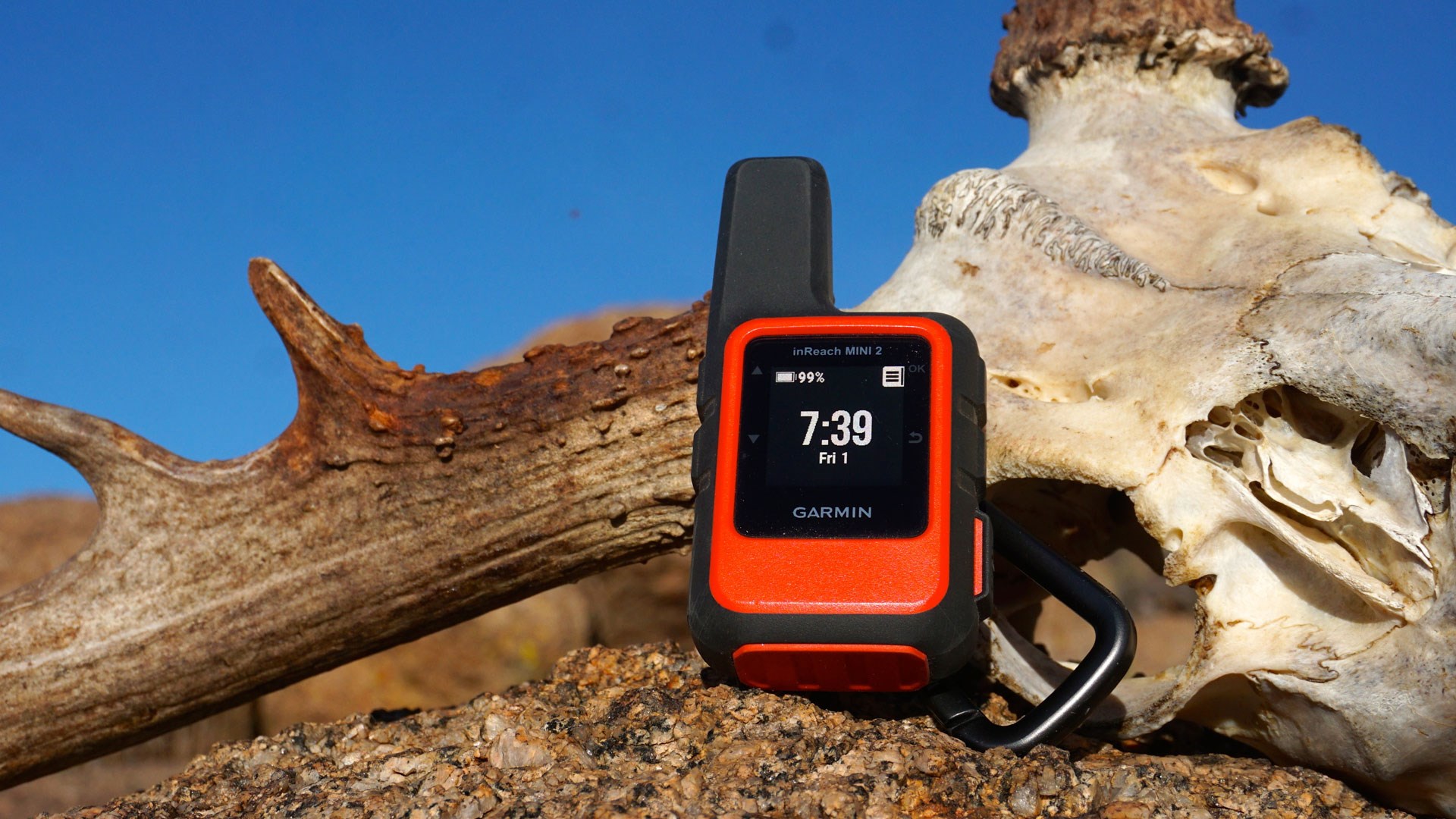
Special Considerations
There are a few special considerations that don’t fit into the “every pack should have this” category. Take a look below to see if any of these fit your hunting habits.
Bear Protection: If you live and hunt in Alaska, Canada, or the Northern U.S. Rockies, you should carry some kind of bear deterrent—either bear spray or a solid handgun (or both) and know how to use it.
Replaceable-Blade Knives: Don’t shoot me for this (you Havalon fans), but in my opinion, replaceable-blade knives have no place in a backcountry hunter’s kit. They are too sharp, and too dangerous. I personally have one friend who sliced right through his leather boot and deep into his calf without even knowing it until his boot filled with blood. Another friend personally witnessed a man lose his eye to a snapped Havalon blade when it zinged up from the elk hip he was detaching, coming to rest in his ruptured eyeball. Good fixed-blade hunting knives have served woodsmen well for centuries; learn to use and sharpen one and carry that when you head into the wilderness.
Suture: While on the subject of nasty cuts, if you’ll be hunting deep in the backcountry consider learning how to sew and carrying a small suture kit. If you’re good with your hands you can learn how on YouTube, and practice on thin orange peels. I’ve sewed myself up twice, and other people, dogs, and horses many times.
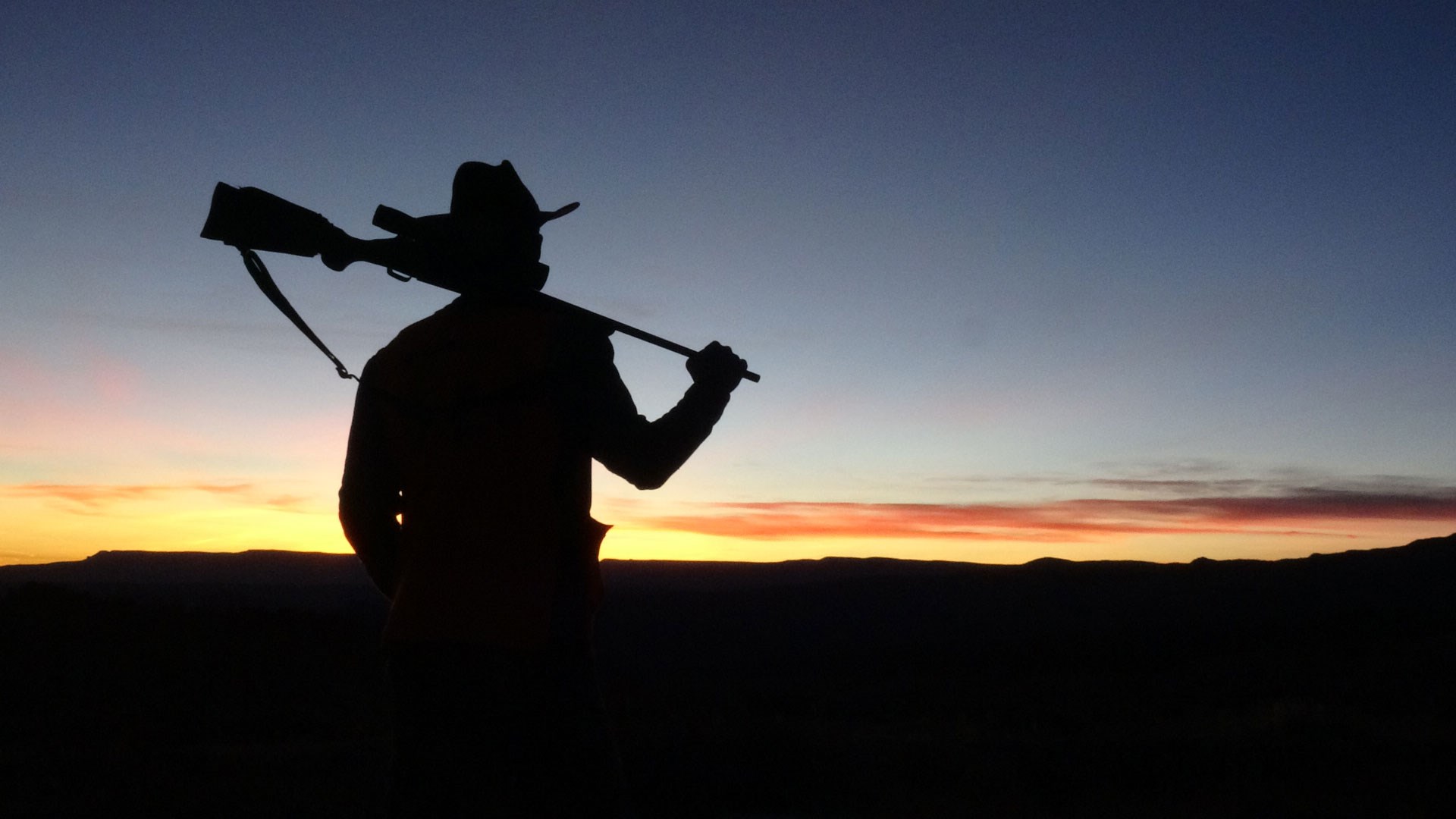
Conclusion
Don’t be afraid to venture afield, but do prepare for trouble. A little training blended with foresight and good tools can change a life-threatening event into a simple hardship that makes you stronger as a hunter and woodsman, and leaves you with good memories and stories to tell. Plan ahead, learn the skills, and carry the tools. Then leave the rest to good luck and God above.




































